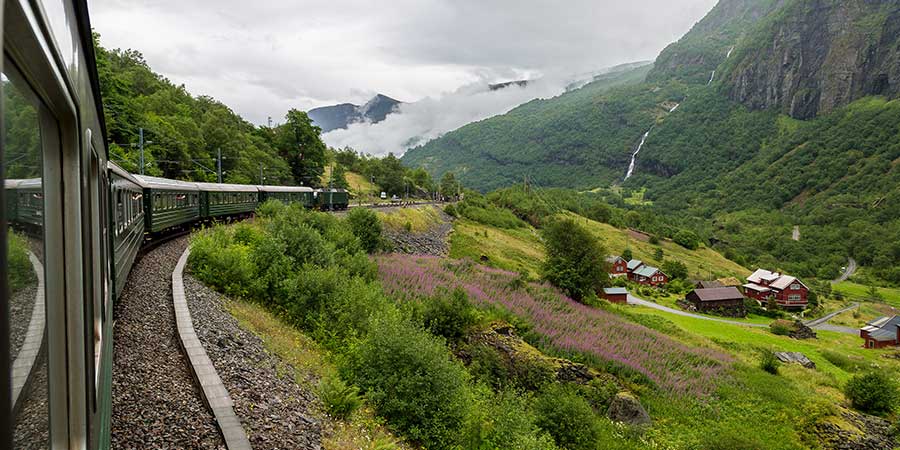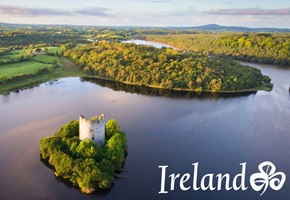It's a sad reality that our world is changing. Amidst heart-wrenching pictures of starved polar bears and annual forest fires across California, Australia and beyond, we find ourselves at a turning point in the Earth's natural history.
It seems almost short-sighted to wonder, but where does the climate crisis leave travel. Important questions are now being asked about how much we're contributing to the decline of vital ecosystems around the planet and how ecologically aware we are of our holiday habits?
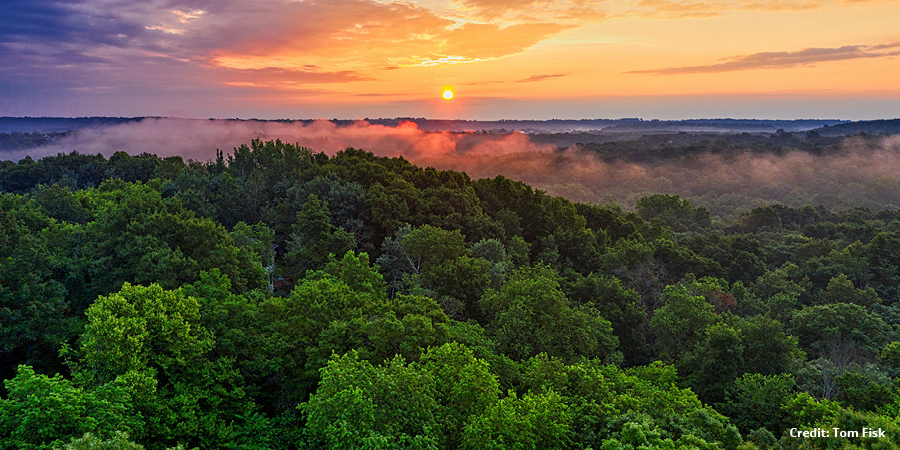
Climate change and international travel
To be an ethically-minded traveller, we already need to think about the effects on local communities and take animal welfare into consideration, but now it's also time to take a look at our environmental footprint.
The simple fact of the matter is that travel does have an impact on global warming and rising sea levels. It's thought that tourism and the tourism industry is responsible for roughly 8% of the world's carbon emissions. To put that into perspective, a return flight from London to New York has more of an impact on the climate than an entire year's worth of personal energy use - and air travel is on the rise. We only have to look at the expansion of the world's airports and the enormous cruise ships which haul themselves into Italian and Spanish ports to realise that we need to take a different approach when it comes to how we see the world.
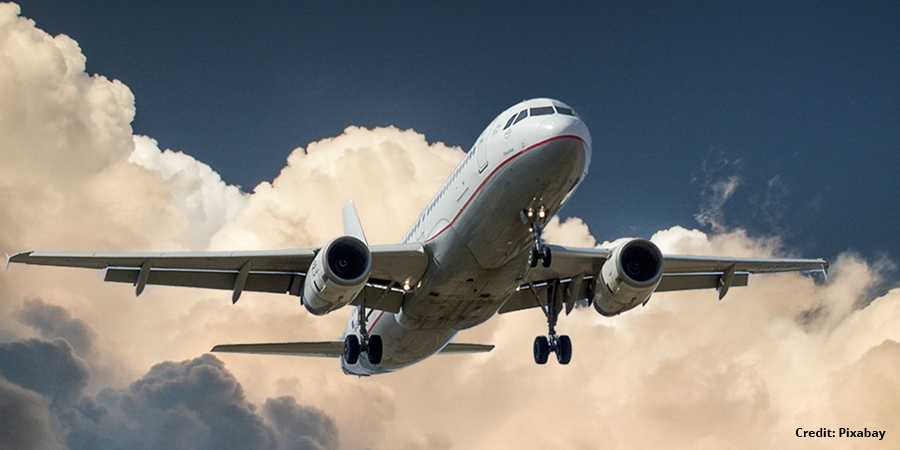
The future of rail travel
Once the most romantic way to see new places, rail travel is now going through somewhat of a Renaissance period as people choose to take the slow route and re-live the Golden Age of travel. But, as well as being a great way to truly experience different destinations, trains could also become part of the solution to the high levels of emissions caused by global jet-setting.
A major player in bringing climate awareness to the forefront of our minds is Greta Thunberg, whose determination to affect major political change has been nothing short of inspirational. Her work is spurring not just other activists but everyday people to take action and to question the current legislative approach.
Over the past couple of years, the #stayontheground movement has gained traction beyond Sweden, and aims to raise awareness of more ecologically considerate modes of transport. They even have a word for it now: Flygskam which literally translates to 'flight shame'. And as we begin to emerge from the Covid-19 pandemic and start holidaying once again, it wouldn't be surprising if more people had greater understanding of how human activity is changing the way we live by disrupting the delicate balance of nature.
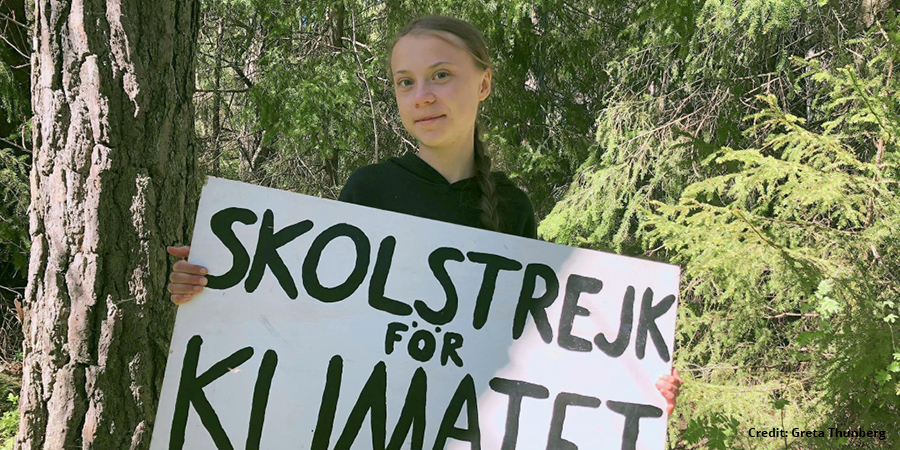
Is 'by rail' actually greener?
It's all very well to claim rail travel's a greener alternative to air travel - but does the science check out?
The simple answer is yes, it does.
A 2019 study commissioned by the International Energy Agency showed that rail travel contributed only 2% of the total energy used across all transport types, despite railways moving just 8% of freight and 7% of passengers. The following graph shows exactly how that statistic looks when compared to less energy efficient ways of getting from A to B:

What next?
The good news for railway enthusiasts is that trains already have a head start when it comes to cleaning up their act. This means that railway networks and operators around the world can more easily plough ahead with improving the sustainability of their services.
For a start, electricity. Nearly 75% of all passenger rail traffic runs off electricity, which is proven to be far greener than diesel. And with a large number of developing countries choosing to invest in new electric rail projects, expanding infrastructure in places such as India and Morocco, we can only expect this trend to continue.
There are a host of other ways in which railways are stepping up to become more green. Take the ticket systems for instance. With the focus of day-to-day life shifting into the digital world, paper tickets are rapidly becoming a thing of the past in favour of more environmentally-friendly e-tickets and barcodes. This sees the huge number of physical tickets printed every day at stations across the world reduced, thereby reducing the high amount of paper waste created and saving future trees from the same fate. A little action can indeed go a long way, and at Great Rail Journeys, we were pleasantly surprised to find that going digital in the last year has already saved 250,000 sheets of A4 paper - equivalent to 30 trees.
Another example is the use of more high-tech components which create lighter trains. If trains weigh less, then less energy is needed to power them along the track, therefore completing the same journey in a much more efficient way.
Automatic shutdown factors also contribute to greener trains, with air-conditioning and other non-essential services being turned off when the train isn't in use. All of these innovations, along with technology that's just in its infancy today, will work in tandem to ensure rail travel is, and will remain, at the cutting-edge of the green travel revolution.

